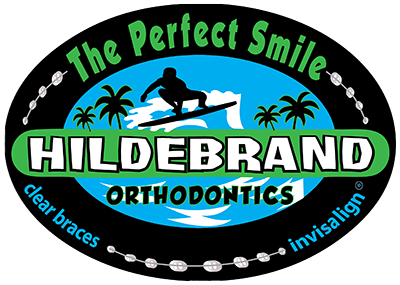817-803-8090
Early Signs of Teeth Misalignment That Indicate the Need for Early Orthodontic Treatment

Early Signs of Teeth Misalignment That Indicate the Need for Early Orthodontic Treatment
Most people don’t realize that Early Orthodontic Treatment is essential for good oral health. Early signs of teeth misalignment can indicate the need for Early Orthodontic Treatment before it becomes too late. Early intervention and detection can help save valuable time and money, as well as improve your child’s smile. Early Orthodontic Treatment is used to correct the spacing between teeth, the position of teeth in relation to each other, and how teeth fit together when a person bites down. Early orthodontic treatment is done through the use of braces and other appliances.
Early Signs of Teeth Misalignment
Early signs that indicate a need for Early Orthodontic Treatment include teeth crowding, teeth spacing, cross bites, overbites, underbites and protruding teeth.
1. Teeth Crowding:
Teeth crowding is a common sign of Early Orthodontic Treatment. Crowded teeth are typically caused by an inadequate amount of space in the mouth. Early Orthodontic Treatment can help to create more space for your child’s teeth, improving their smile and preventing future dental problems.
2. Teeth Spacing:
Teeth spacing is another common sign of Early Orthodontic Treatment. Spaces in between teeth can occur for various reasons, such as missing teeth or incorrect jaw structure. Early Orthodontic treatment is important to correct the spacing and improve your child’s smile.
3. Cross Bites:
Cross bites are when the teeth don’t meet properly when a person bites down. Early Orthodontic Treatment is necessary to correct the cross bite and prevent future dental problems.
4. Overbites:
An overbite occurs when the upper teeth overlap the lower teeth excessively, resulting in an uneven bite. Early Orthodontic Treatment can be used to correct the overbite and improve your child’s smile.
5. Underbites:
An underbite is when the lower teeth protrude in front of the upper teeth, resulting in an uneven bite. Early Orthodontic Treatment can be used to correct the underbite and improve your child’s smile.
6. Protruding Teeth:
Protruding teeth can occur when the top and bottom jaws are misaligned, resulting in the upper teeth being pushed out further than the lower teeth. Early Orthodontic Treatment can be used to correct this issue and improve your child’s smile.
Early Treatment Benefits
Early Orthodontic Treatment is not only beneficial for the patient’s appearance, but also for their overall health. Early treatment can help improve dental function and reduce the risk of tooth decay, gum disease, and other future dental issues. Early intervention can also help to decrease the amount of time necessary for orthodontic treatment. Early Orthodontic Treatment can help to reduce the cost and time needed for treatment, as well as improve your child’s self-confidence.
Early Treatment Options
Early Orthodontic Treatment options include braces, clear aligners, and removable appliances. Braces are the most common Early Orthodontic Treatment option and involve the use of metal brackets and wires to align the teeth. Clear aligners are another Early Orthodontic Treatment option and involve a series of clear plastic trays that gently move the teeth into alignment. Removable appliances are also an Early Orthodontic Treatment option and involve the use of removable devices such as retainers or headgear to move the teeth into alignment.
Conclusion:
Early Orthodontic Treatment is important for improving your child’s smile and preventing future dental problems. Early signs of teeth misalignment can indicate the need for Early Orthodontic Treatment, including teeth crowding, spacing, cross bites, overbites, underbites and protruding teeth. Early Orthodontic Treatment options include braces, clear aligners, and removable appliances. Early treatment can help improve dental function and reduce the risk of future dental issues.
FAQs:
Q1: How do I know if my child needs Early Orthodontic Treatment?
A1: Early signs of teeth misalignment can indicate the need for Early Orthodontic Treatment, including teeth crowding, spacing, cross bites, overbites, underbites and protruding teeth. If you notice any of these issues with your child’s teeth it is important to speak to an orthodontist about Early Orthodontic Treatment.
Q2: What are the Early Orthodontic Treatment options?
A2: Early Orthodontic Treatment options include braces, clear aligners, and removable appliances. Your orthodontist will be able to discuss which option is best suited for your child’s needs.
Q3: What are the benefits of Early Orthodontic Treatment?
A3: Early Orthodontic Treatment is not only beneficial for the patient’s appearance, but also for their overall health. Early treatment can help improve dental function and reduce the risk of tooth decay, gum disease, and other future dental issues. Early intervention can also help to decrease the amount of time necessary for orthodontic treatment. Early Orthodontic Treatment can help to reduce the cost and time needed for treatment, as well as improve your child’s self-confidence.





